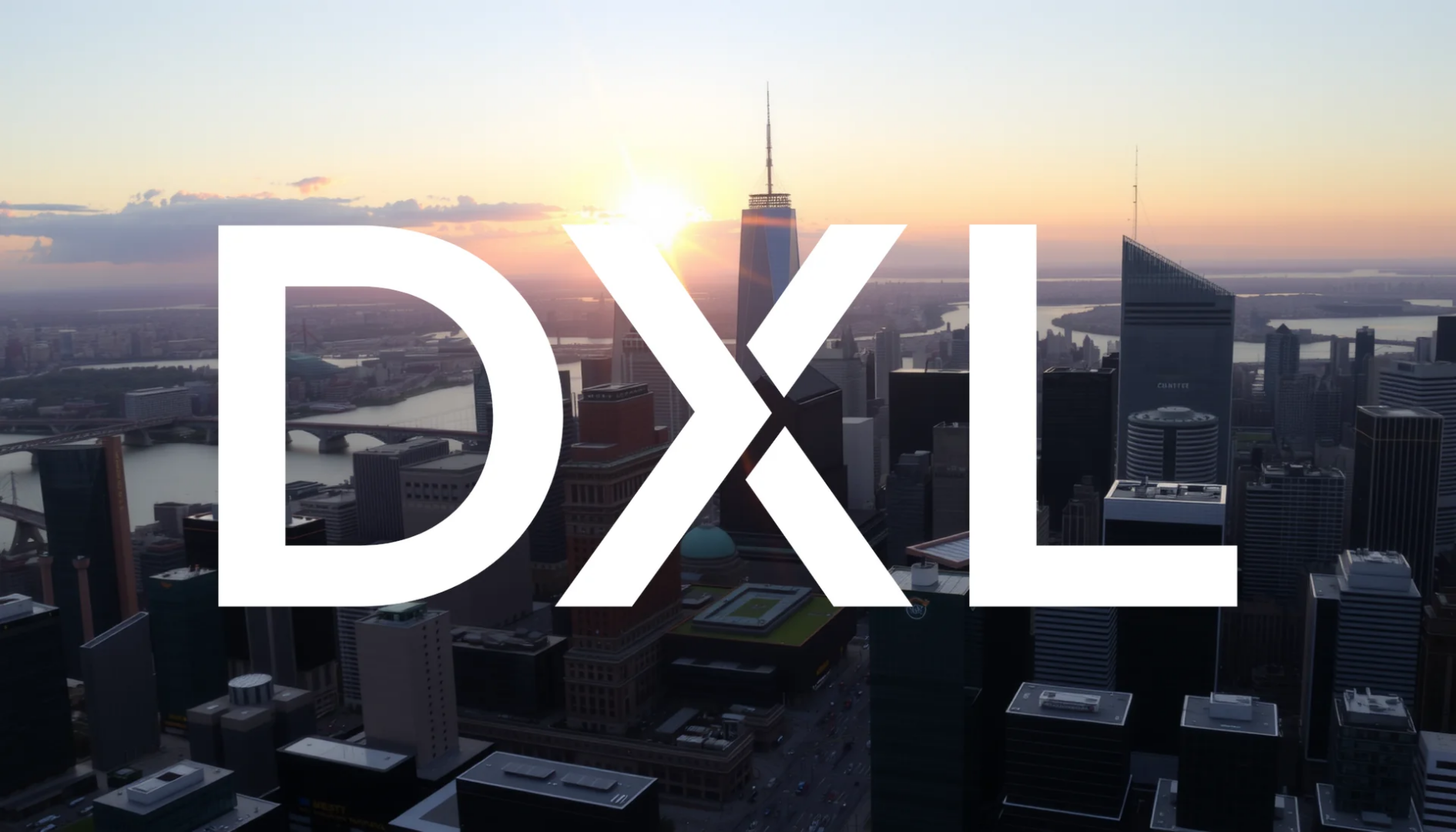The recent exclusion of Destination XL Group from the S&P Global BMI Index represents a significant setback for the specialty retailer, compounding existing challenges for its stock. This development raises questions about the company’s ability to navigate a difficult retail environment.
Challenging Quarter and Strategic Shifts
Even before the index removal, Destination XL was confronting headwinds. The company’s latest quarterly report, released in late August, revealed a 7.5% decline in revenue. A more concerning metric was the 9.2% drop in comparable sales, indicating weaker performance at existing stores. Management attributed these results to broader challenges within the big-and-tall apparel sector and restrained consumer spending.
Despite the top-line weakness, the company managed to report break-even earnings per share, surpassing analyst expectations which had projected a loss. This small victory highlights the ongoing tension between operational challenges and pockets of resilience.
Implications of the S&P Global BMI Exclusion
Being removed from a major benchmark like the S&P Global BMI is seldom a neutral event. The action typically forces index-tracking funds and institutional investors to divest their holdings. For a firm with a market capitalization of approximately $74 million, this can significantly impact trading liquidity and alter the shareholder base. Interestingly, the stock showed little immediate reaction to the news, suggesting the market may have already priced in the anticipated removal.
Should investors sell immediately? Or is it worth buying Destination XL?
A Volatile Stock and Divergent Analyst Views
Shareholder confidence has been tested throughout the year, with Destination XL’s stock having lost nearly half its value since January. This volatility is reflected in the wide range of analyst price targets. While one research firm sets a target of $2.50 per share, the average forecast among three other analysts is significantly lower at just $1.65. The company’s next quarterly report in November will be scrutinized for signs of a turnaround.
The Path Forward: Private Brands and Partnerships
In response to these pressures, Destination XL is executing a strategic pivot focused on growing its private brand portfolio. The company aims to increase the contribution of these proprietary labels to total revenue from the current 56.5% to more than 65% by 2027. This shift is intended to bolster profit margins and reduce reliance on external brands. Additionally, an expanded collaboration with retail giant Nordstrom offers a potential long-term growth channel.
The central question for investors is whether this strategic repositioning and new partnership will provide enough momentum to counteract the negative sentiment from the index exclusion and prevailing market weakness.
Ad
Destination XL Stock: Buy or Sell?! New Destination XL Analysis from December 24 delivers the answer:
The latest Destination XL figures speak for themselves: Urgent action needed for Destination XL investors. Is it worth buying or should you sell? Find out what to do now in the current free analysis from December 24.
Destination XL: Buy or sell? Read more here...










